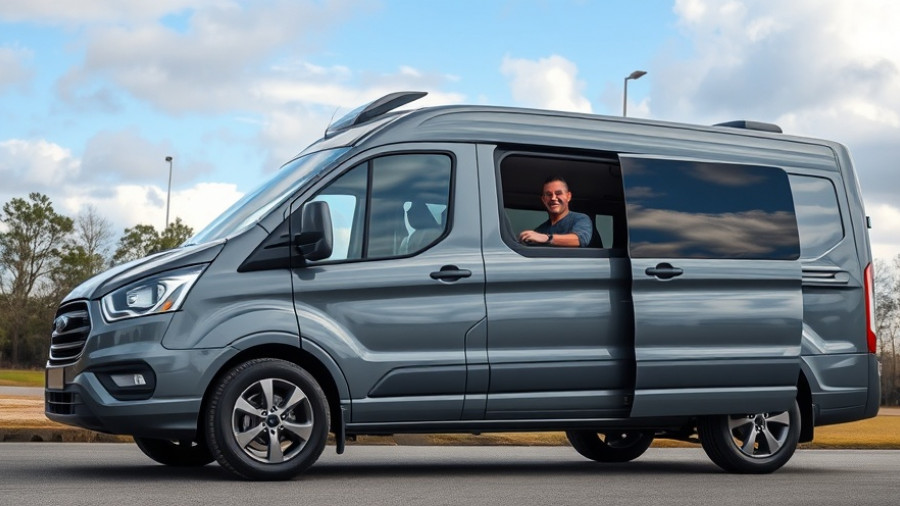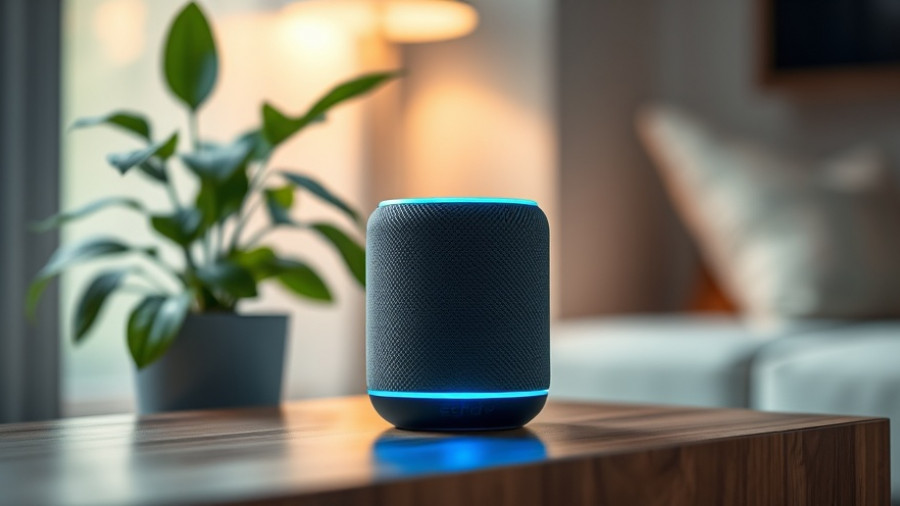
Upgrading Home Comfort: The Role of HRVs in Energy Efficiency
In a world where harsh outdoor conditions push us into tightly-sealed homes, heat recovery ventilators (HRVs) have emerged as essential tools in maintaining indoor air quality while also promoting energy efficiency. These systems do a remarkable job at exchanging stale indoor air with fresh outdoor air without wasting the energy required to heat or cool the incoming air. As homeowners become more conscious of their energy consumption and overall environmental impact, the integration of technology into our ventilation systems brings exciting opportunities for upgrades.
Smart Automations: Making Life Easier
The recent hardware upgrade for the Zehnder Comfoair Q350 HRV showcases the potential of integrating advanced technology into what might traditionally be seen as a mundane household installation. This project demonstrates how a simple color display and home automation integration can empower users to have more control over their indoor environment. With remote control of fan speeds and timely reminders for filter changes, homeowners can optimize their HRVs without the hefty price tag of $300 for commercial upgrades.
This aligns with broader industry trends where homeowners are increasingly gravitating toward customizable solutions that not only enhance convenience but also aim at improving the home’s energy profile. The code for modified control panels is open-source, allowing tech-savvy individuals to innovate and share their insights, ensuring that anyone can benefit from these upgrades.
The Dystopian Reality of Modern Living: Automation or Necessity?
While some may argue that relying on automation systems reflects a dystopian shift in home living—trading windows for machines to ventilate our homes—there's another perspective to consider. Many contemporary homes are constructed to be energy efficient with airtight designs, allowing for minimal heat loss in winter months. For homeowners in colder climates, having an HRV system that works seamlessly with home automation can dramatically improve comfort levels and indoor air quality without sacrificing energy efficiency.
As individuals discuss the adjustment to HRVs in their daily lives, it's important to emphasize that this technology is not intended to replace the human experience of opening up a window but rather complements it in scenarios where outdoor air is either too hot, too cold, or polluted.
Broader Applications: Beyond HRVs
The trend highlighted by the HRV upgrade isn't limited to ventilation systems alone. Other HVAC equipment can also benefit from thought-out integration of automation technology, overcoming user dissatisfaction with traditional controls. For example, the integration of decentralized ventilation systems like LUNOS into Home Assistant setups provides a versatile approach where homeowners can automate their ventilation based upon air quality data collected from multiple environmental sensors. Imagine a system that accelerates ventilation during high humidity or when cooking, ensuring fresh air for optimal living conditions.
Such automation doesn't just simplify operation but empowers homeowners to take meaningful actions that improve their living conditions and reduce energy consumption. It’s a win-win scenario for both comfort and environmental consciousness.
The Future of Home Automation and Sustainability
Looking ahead, the intersection of smart technologies and eco-conscious living will likely expand. Homeowners are encouraged to engage with community-supported technologies, share insights, and contribute to discussions that pave the way for smarter living. Upgrades like the ones seen with the HRV showcase the potential grassroots movement towards creating customizable, sustainable living environments.
Taking Action on Sustainability
If you're interested in creating a healthier living space and decreasing your environmental impact, consider exploring home automation options for your existing HVAC systems. With the advent of open-source solutions and community Knowledge Bases, implementing these upgrades is now more accessible than ever. It's worth diving into projects like the HRV enhancements discussed here; they not only reflect innovative thinking but can help build a sustainable future for our homes.
 Add Row
Add Row  Add
Add 



Write A Comment